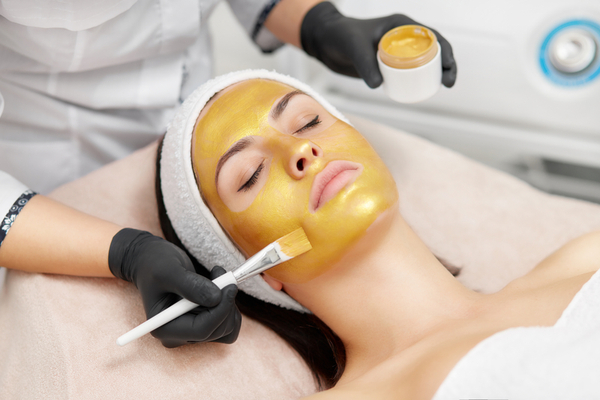But many skincare enthusiasts find enjoyment and perhaps a mild, subjective benefit to certain face masks. And they may make at least a bit of scientific sense. Some masks may temporarily slow the skin’s natural moisture loss (a measure of the skin’s barrier function that doctors call transepidermal water loss). They may deposit a thin film of moisturizer or a humectant to boost the skin’s hydration temporarily, leaving it softer and diminishing fine lines temporarily. And by trapping an active ingredient against the skin, a sheet mask may potentially increase the potency of its ingredients for faster, more dramatic results. (Dermatologists often rely on this concept – called occlusion – for calming severe skin rashes, such as psoriasis or eczema. A classic example is a cortisone cream applied under snug-fitting pajamas or plastic wrap and left in place overnight, for faster rash relief.)
While masks are generally considered pretty safe, their quality and ingredients can vary widely. Itchy, stingy, red, or flaky rashes are possible if a mask’s ingredients cause skin irritation or allergies. If your skin reacts, or if you have sensitive skin, it may be a good idea to avoid them. Even dermatologists who enjoy masks recommend that we don’t overdo them – they might be considered a once-a-week or once-a-month indulgence. And checking the ingredients list may help in choosing from the thousands of products available.
Dry, irritated, or mature skin types might look for gentle masks containing hyaluronic acid, glycerin, or dimethicone. Some find Manuka honey or calming clay blends to be soothing. (Please note that a rich, gentle, unscented moisturizing cream or ointment is expected to do as much or more than any mask for hydrating parched, irritated, or crepey skin.)
There are no miracles to be found in a mask. But as long as we’re realistic in our expectations and don’t notice any problems, they can also be a fun and safe part of a healthy skincare routine.
—
Photo Credit: Lyashenko Egor / Shutterstock.com
